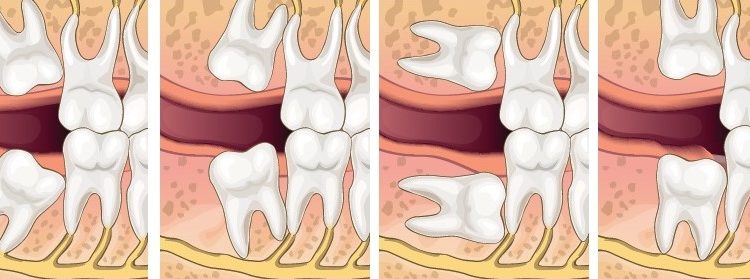
Oral Cancer is Not as Rare as You Think…
Join Us in Raising Awareness.
Do you know that approximately 48,250 Americans will be diagnosed with oral and throat cancers this year? And that of the people newly diagnosed, only about 60% will live longer than 5 years? When cancer is detected and treated early, treatment-related health problems are reduced.
What is Oral Cancer?
Cancer is a disease that occurs when there is an uncontrollable growth of cells that invade and cause damage to surrounding tissue. These cells are referred to as cancerous and malignant. Oral cancer occurs on the lips (usually the lower lip), inside the mouth, salivary glands, tonsils, on the back of the throat, esophagus, and the tongue and soft tissues of the mouth.
Oral cancer is the largest group of those cancers that fall into the head and neck cancer category. Most Americans think oral cancer is a rare cancer, but mouth cancers will be newly diagnosed in about 132 new people every day in the United States alone. One person, every hour, of every day of the year will die from oral cancer.
What are the Risk Factors?
Research has identified a number of factors that contribute to the development of mouth and throat cancers. Tobacco use in all of its forms and alcohol are major risk factors for oral cancer, but the fastest growing segment of oral cancer patients is young, healthy, nonsmoking individuals due to the connection to the HPV virus. Age, sun exposure, family history, and diet also play a role in oral cancer development.
Historically the death rate associated with this cancer is particularly high not because it is hard to discover or diagnose, but due to the cancer being routinely discovered late in its development when the cancer has metastasized to another location.
What are the Symptoms?
Symptoms to watch for include:
~ Red and/or white patches inside the mouth or on the lips
~ A sore on the mouth or lips that doesn’t heal within 14 days
~ Hoarseness that lasts for a prolonged period of time
~ Pain or difficulty when swallowing, a sensation that something is stuck in your throat when swallowing
~ A mass or lump in the mouth or on the neck
~ Unexplained numbness of the lower lip or chin
~ A sore under dentures which does not heal even after adjustment of the dentures
~ A persistent earache that occurs on only one side without hearing loss
What are Some Additional Resources?
You can find more oral cancer facts on The Oral Cancer Foundation website: OralCancerFoundation.org
For more information about head, neck, and oral cancer, visit the American Association of Oral and Maxillofacial Surgeons consumer site at MyOMS.org.
The American Dental Association’s consumer website, MouthHeathy.org features an informative slideshow featuring the Top 7 Risk Factors for Oral Cancer.
Additional resources may be also be found on The National Cancer Institute website at http://www.cancer.gov and The National Institute of Dental and Craniofacial Research website at http://www.nidcr.nih.gov
What Can I Do Next?
Your dentist can perform an oral cancer screening exam as part of your routine dental exam, and you can perform a self-exam at home using a bright light and a mirror. Oral and maxillofacial surgeons are experts in diagnosing and surgically treating cancer of the head, neck and mouth.
Your mouth is one of your body’s most important early warning systems. Don’t ignore any suspicious lumps or sores. Should you discover a suspicious area or have any questions, make an appointment for a prompt examination. Early treatment may well be the key to complete recovery.
Source Credit:
ADA.org
oralcancer.org
MouthHealthy.org
MyOMS.org
cancer.gov
AAOMS.org




